17 Retro Home Appliances That Are No Longer Made
Many household appliances from decades past were once staples of daily life but have now disappeared from modern homes. While some were practical innovations of their day, others simply could not keep up with efficiency demands or modern tastes.
- Tricia Quitales
- 6 min read
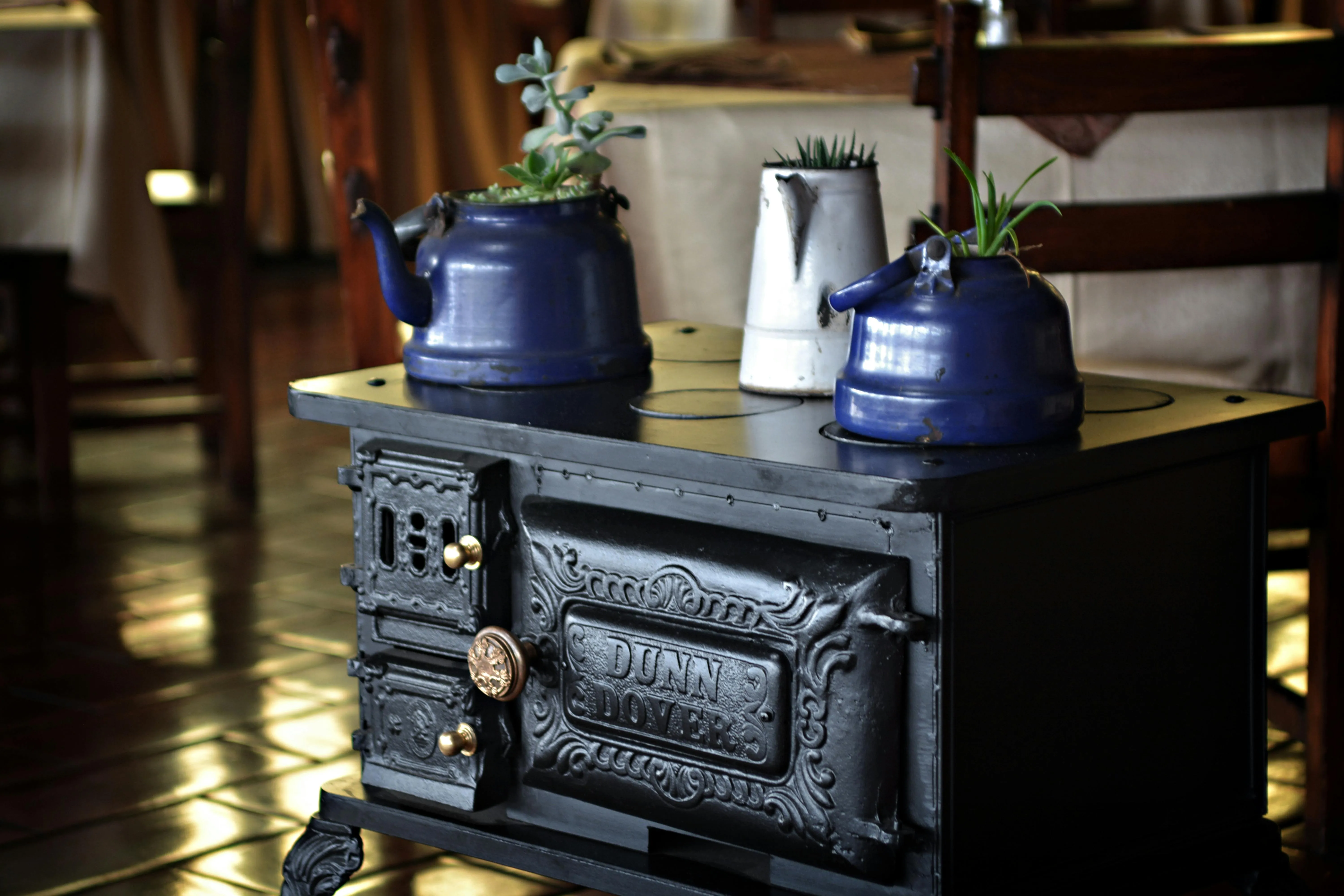
Technological progress has reshaped the way we live, and home appliances have evolved dramatically along the way. Several once-common devices have faded into obscurity, replaced by smarter, safer, and more efficient versions. Looking back at these vintage appliances reveals how convenience and style once blended differently in households. Each item on this list offers a nostalgic glance at the tools our parents or grandparents relied on.
1. Icebox Refrigerator
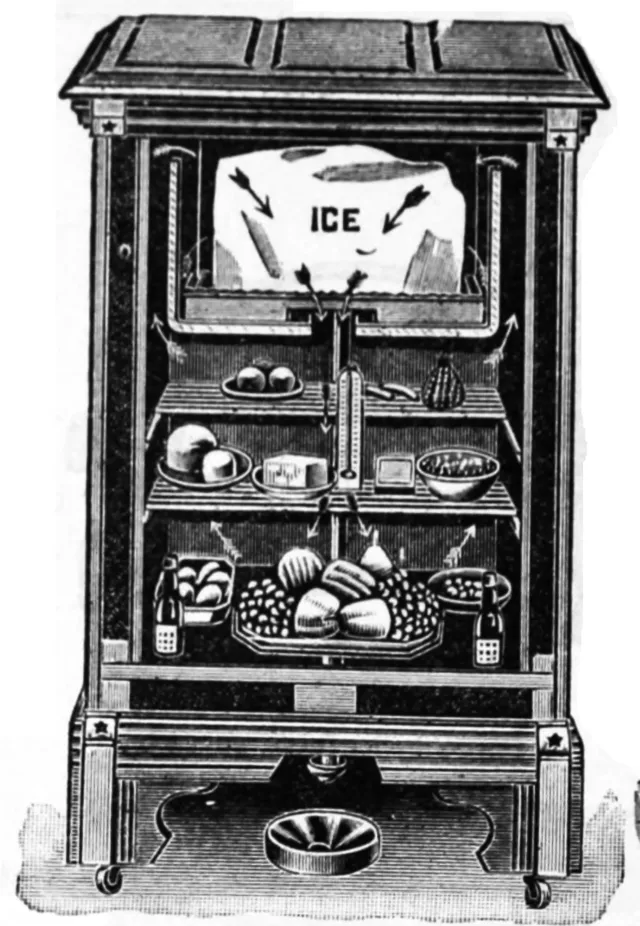 Anonymous on Wikimedia
Anonymous on Wikimedia
Before the electric refrigerator became standard, homes relied on iceboxes to keep food cool. Large blocks of ice were delivered regularly to maintain low temperatures. The design was simple but required constant maintenance and limited cooling ability. Once electricity became widespread, electric refrigerators quickly replaced iceboxes. Today, iceboxes serve mostly as decorative antiques or collectors’ items.
2. Manual Clothes Wringer
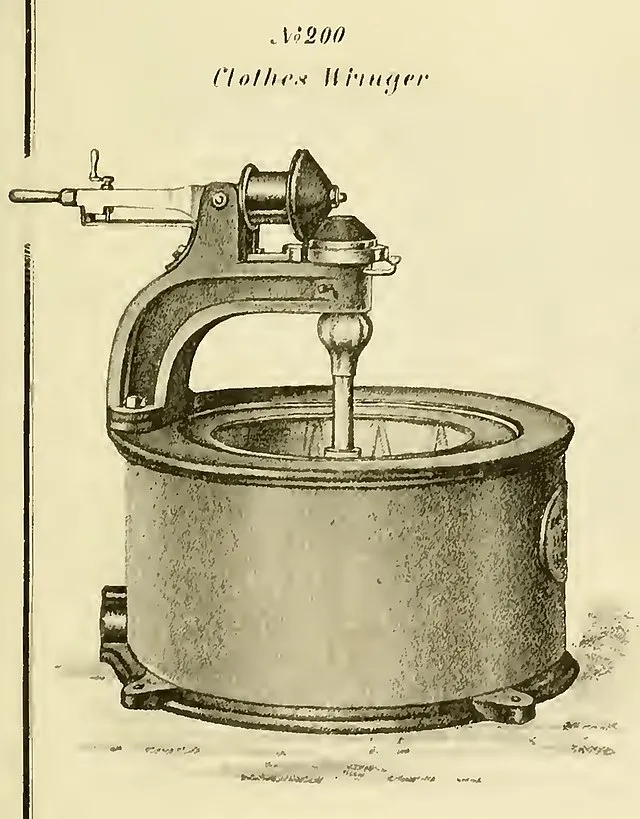 Morris, Tasker & Co. on Wikimedia
Morris, Tasker & Co. on Wikimedia
Used alongside old washing tubs, the manual wringer helped squeeze water from clothes before line-drying. It featured two rollers and a crank handle, requiring physical effort and careful hand placement. These devices were eventually phased out with the rise of fully automatic washing machines. While effective in their time, they posed safety risks and required time-consuming labor. Few homes today would tolerate such inconvenience.
3. Built-in Intercom Systems
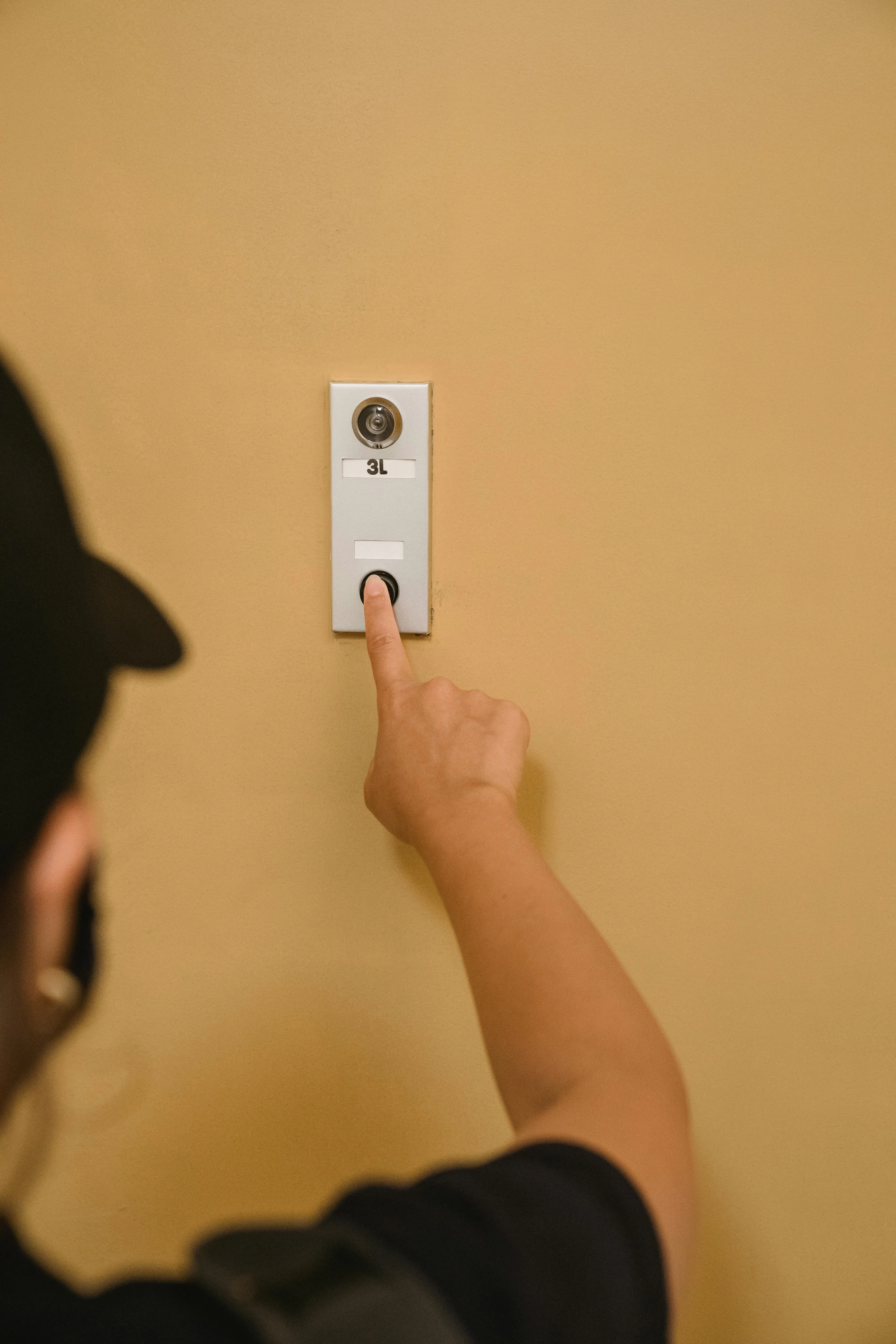 Mike Jones on Pexels
Mike Jones on Pexels
Installed in many mid-century homes, these intercoms allowed communication between rooms without yelling. They were wired into the walls and often included radio features. Over time, they became obsolete as wireless communication, mobile phones, and smart speakers emerged. Most have been removed or remain unused in older homes. They represent a vision of domestic tech that feels bulky by today’s standards.
4. Pop-up Toaster Ovens
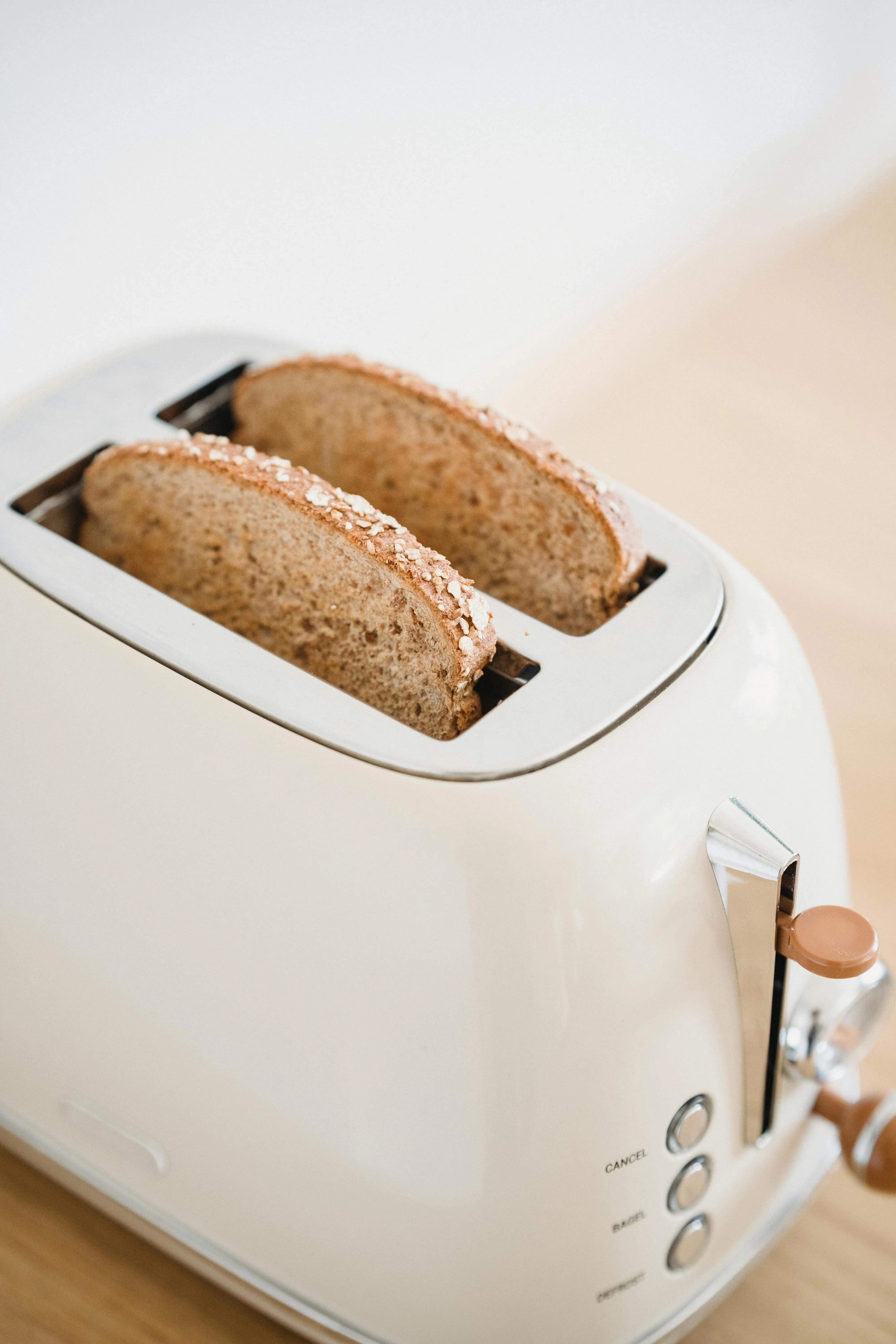 Nicola Barts on Pexels
Nicola Barts on Pexels
Unlike today’s standard slot toasters, these were bulky appliances where toast popped up from a side door. They took longer and were less energy efficient than modern models. Although they had a charming design, they were harder to clean and maintain. Toaster ovens have evolved into sleeker, multifunctional units that outperform these early versions. Very few households still use or see these designs in action.
5. Rotary Dial Telephones with Wall Mounts
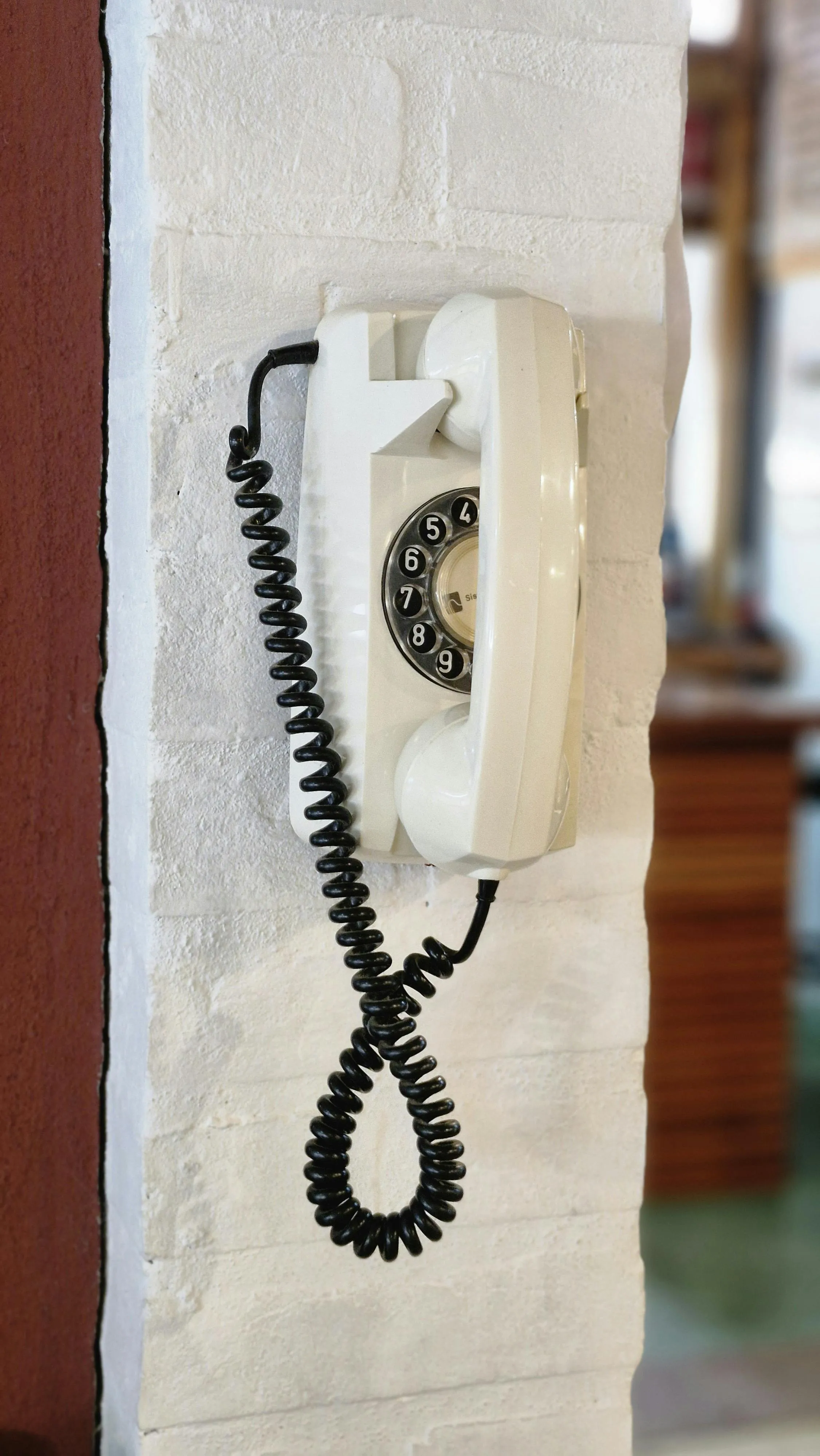 Rafael Duran on Pexels
Rafael Duran on Pexels
While not strictly an appliance, wall-mounted rotary phones were once key fixtures in kitchens. They were used for everything from calling relatives to checking the time. Over time, cordless and mobile phones took over, making rotary units unnecessary. Their mechanical design, though nostalgic, offered little in terms of speed or flexibility. Today, they are more often found in antique shops than in functioning homes.
6. Mangle Irons
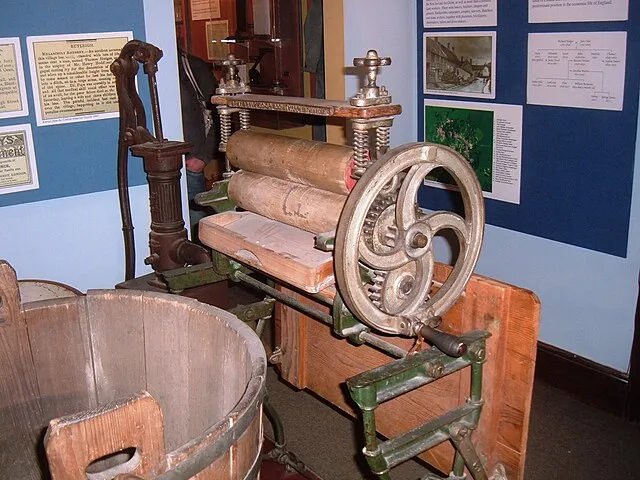 Rodw on Wikimedia
Rodw on Wikimedia
Mangle irons were used to press large items like sheets and tablecloths flat with heated rollers. They were bulky and often dangerous if not used carefully. While they offered a crisp finish, they required time, skill, and space. As fabric technology and steam irons improved, mangles became unnecessary in home settings. They’re now mostly seen in museums or vintage textile collections.
7. Standalone Food Grinders
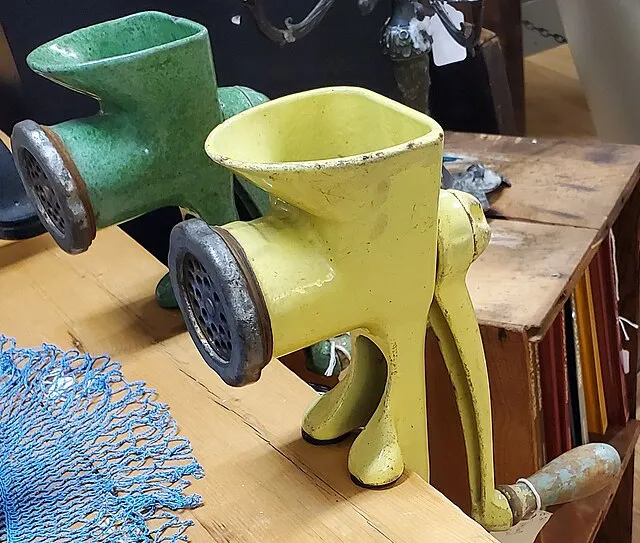 Cantons-de-l’Est on Wikimedia
Cantons-de-l’Est on Wikimedia
Before food processors and blenders, families used manual grinders for meat, vegetables, and more. These were clamped onto tables and operated with a hand crank. While they worked well, they were hard to clean and often rusted if not dried properly. Electric alternatives eventually offered more convenience and versatility. Modern kitchens rarely include manual grinders unless for specialty use.
8. Built-in Nut Choppers
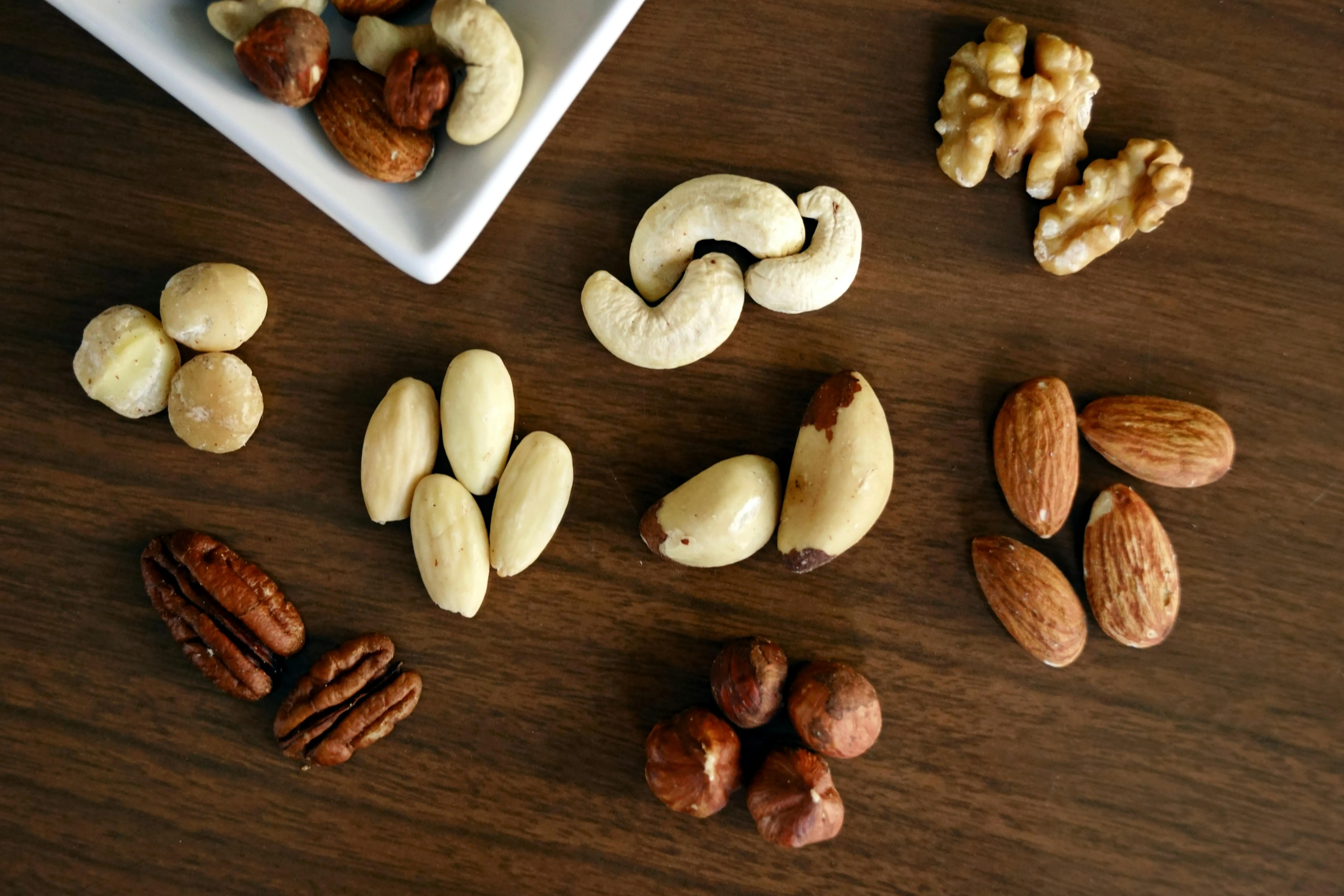 Marta Branco on Pexels
Marta Branco on Pexels
Mounted onto kitchen counters, these nut choppers allowed home bakers to process nuts efficiently. The crank-and-blade system would chop with consistent results but required hand strength and cleanup. They fell out of favor with the rise of compact electric choppers and food processors. Though they had a vintage charm, they offered little advantage over modern tools. Their presence in kitchens has faded almost entirely.
9. Burner-style Hot Plates
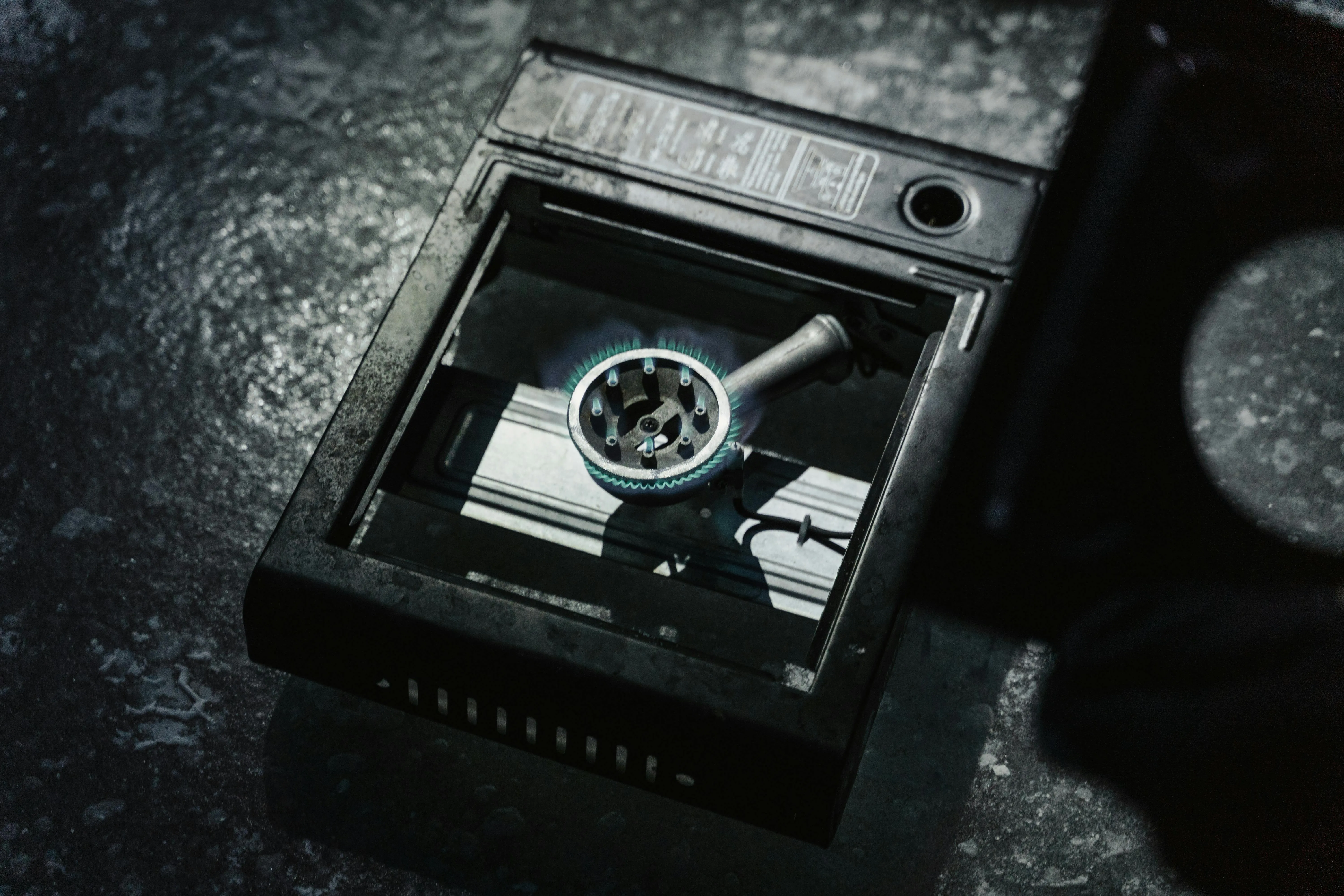 Tima Miroshnichenko on Pexels
Tima Miroshnichenko on Pexels
Used in dorms, offices, and tiny apartments, burner-style hot plates offered portable cooking options. These devices used exposed coils and posed several fire and burn hazards. As induction and ceramic hot plates came into use, older models were gradually phased out. Modern safety regulations contributed to their decline in popularity. Their exposed heating elements are now seen as outdated and risky.
10. Electric Percolators
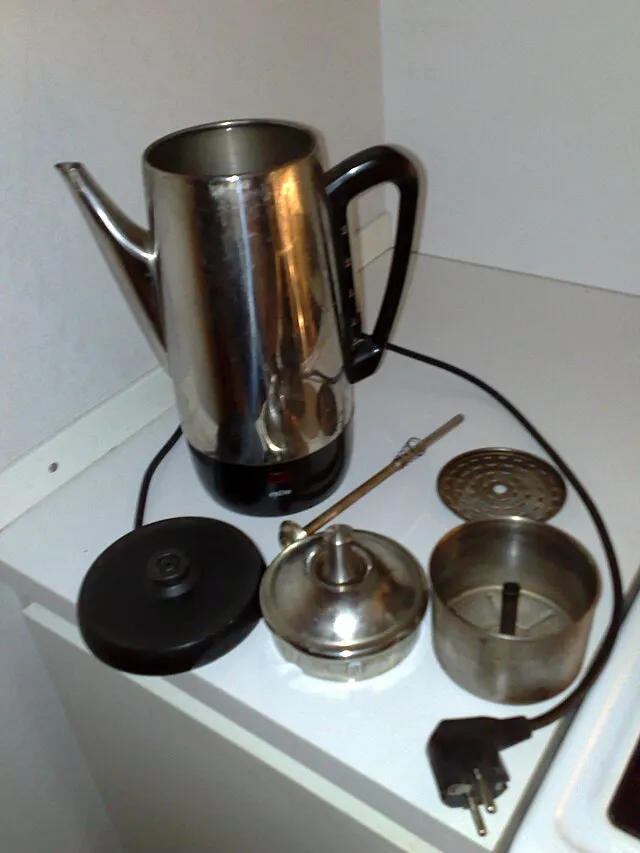 Andreaze on Wikimedia
Andreaze on Wikimedia
Before drip coffee makers and single-serve machines took over, electric percolators brewed coffee by cycling hot water through grounds repeatedly. Many coffee drinkers today find the taste too strong or bitter by comparison. These devices required careful timing and were harder to clean than today’s models. Eventually, they were replaced by more user-friendly options. Still, some enthusiasts seek them out for nostalgic brewing.
11. Wall-mounted Can Openers
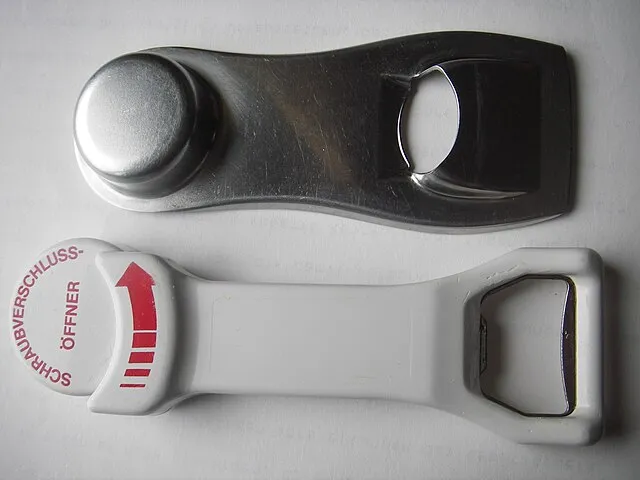 Wegner8 on Wikimedia
Wegner8 on Wikimedia
These openers were once fixed to kitchen walls and operated by a large handle and rotating gear. They were space-saving at the time but had limitations with different can sizes and types. Over time, handheld and electric versions became more versatile and compact. Wall-mounted openers became impractical and fell out of favor. Today, they’re rarely installed in new kitchens.
12. Clotheslines with Pulley Systems
 Maria Ilaria Piras on Pexels
Maria Ilaria Piras on Pexels
Before electric dryers, pulley clotheslines connected homes to poles or trees for air-drying laundry. While still used in rural areas, they’ve largely disappeared from urban and suburban life. Convenience, speed, and space constraints led to the rise of electric dryers. Many now view clotheslines as outdated or even undesirable for aesthetic reasons. They remain symbolic of a slower, more manual household routine.
13. TV Antennas with Manual Rotators
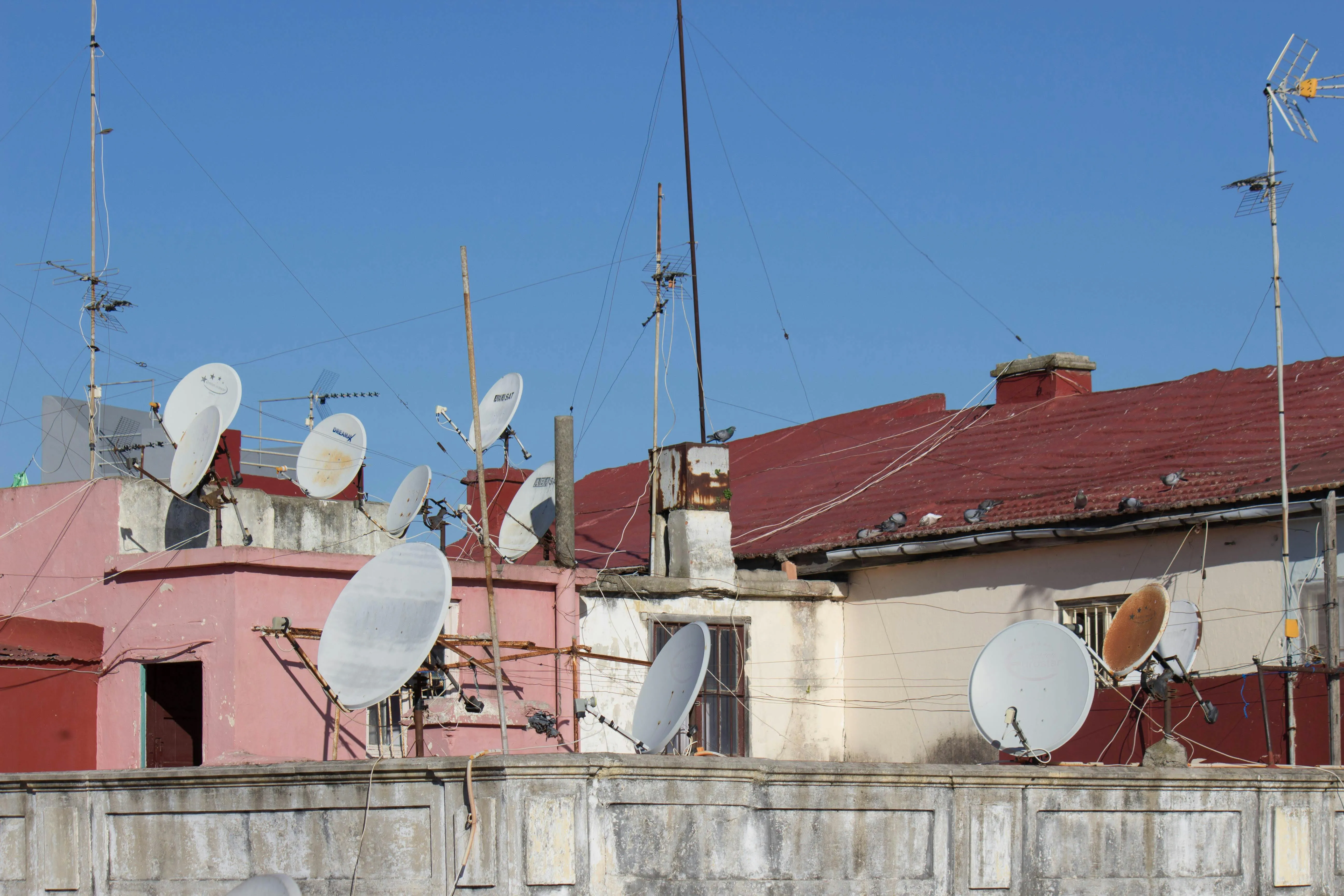 Carlo Jünemann on Pexels
Carlo Jünemann on Pexels
Homes once had rooftop or attic antennas connected to manual dial rotators for adjusting TV signal direction. Families often argued over who would turn the knob to get the clearest channel. These were gradually replaced by cable, satellite, and now digital streaming. The physical hassle of tuning is no longer part of TV viewing. Old antennas now often sit as rusty relics above aging homes.
14. Electric Knife Sharpeners
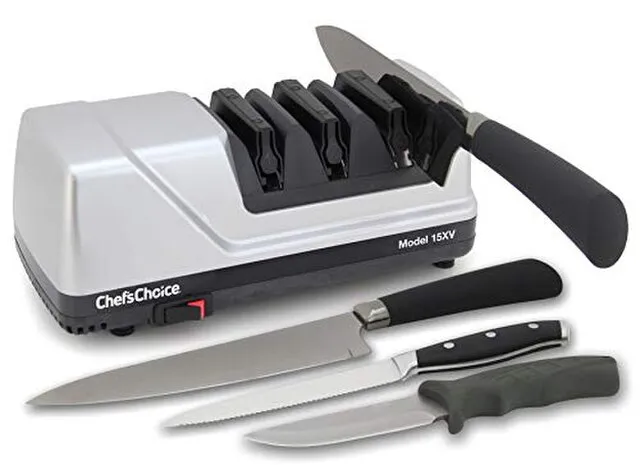 Mackenzie Bailey on Wikimedia
Mackenzie Bailey on Wikimedia
Once marketed as must-have gadgets, these countertop sharpeners used spinning stones to hone blades. Overuse often damages knives more than sharpening them. Today’s users prefer professional sharpening services or manual honing tools for better control. The decline in popularity reflects a greater understanding of knife care. Many have found their way into thrift stores or basements, unused.
15. Bread Machines with Window Lids
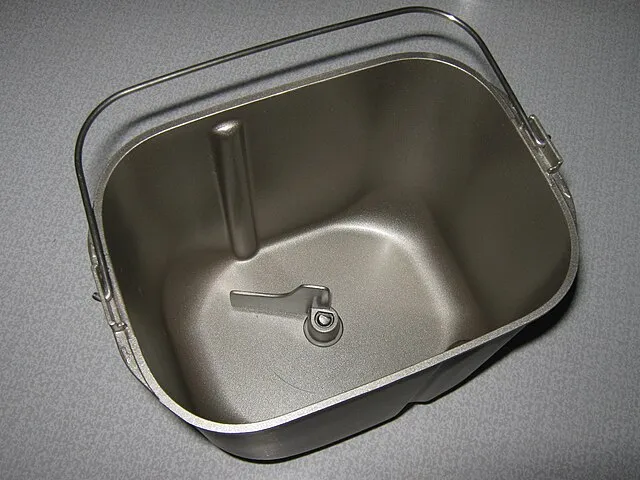 Shliphmash on Wikimedia
Shliphmash on Wikimedia
In the 1990s, bread machines became popular as a home baking shortcut, often with see-through lids to watch dough rise. They were bulky, noisy, and took up significant counter space. While some people still use them, many have switched to no-knead methods or bakery purchases. Their novelty wore off as kitchen priorities changed. Few new models are produced today with the same design.
16. Roll-around TV Consoles
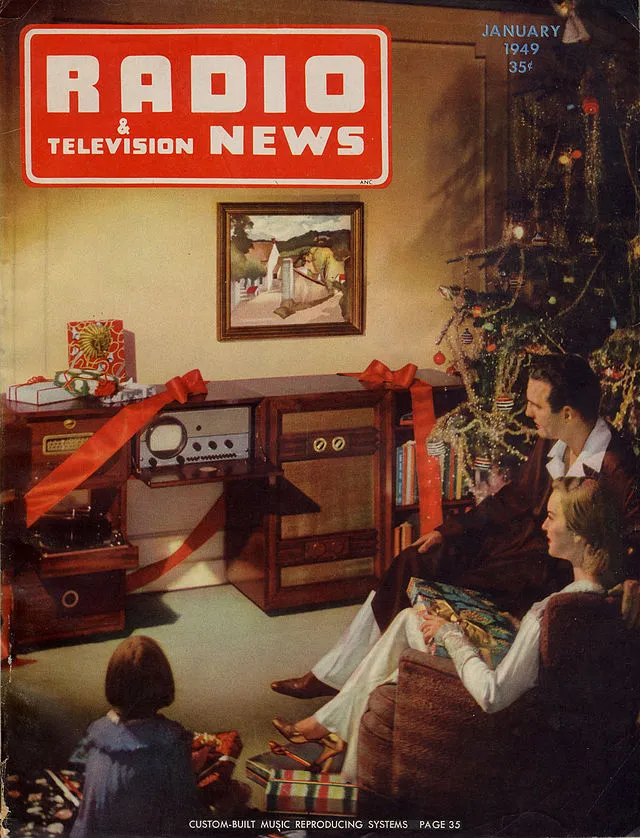 Ziff-Davis Publishing, photo by Braddy & Sigele on Wikimedia
Ziff-Davis Publishing, photo by Braddy & Sigele on Wikimedia
These large wooden TV cabinets often included built-in speakers and were rolled into position for viewing. They were stylish but difficult to move and heavy. Flat-screen TVs and minimal stands eventually made them obsolete. Now considered vintage decor pieces, they’ve been replaced by sleeker entertainment setups. Most were discarded when the analog era ended.
17. Ironing Sprinklers and Water Bottles
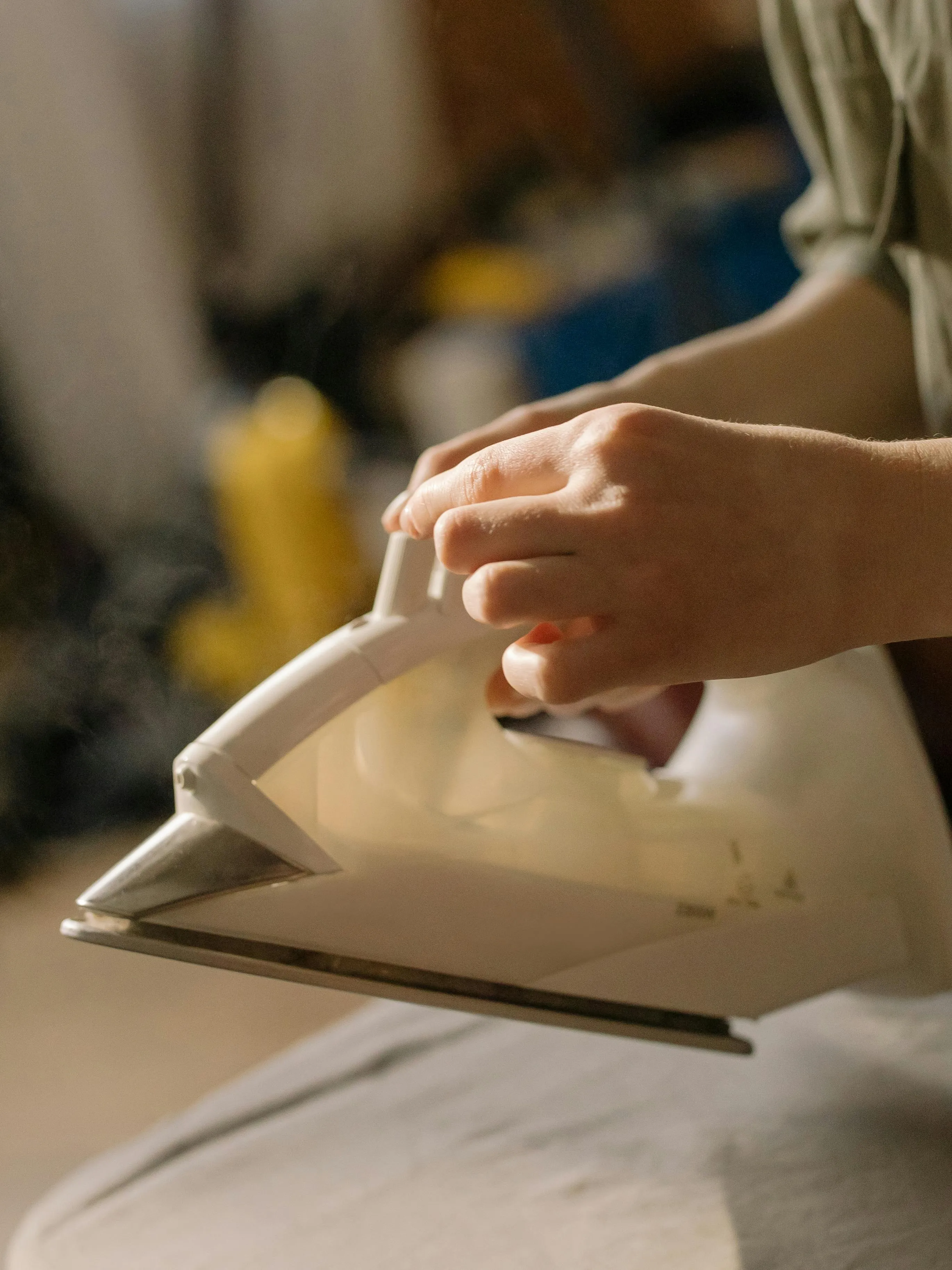 cottonbro studio on Pexels
cottonbro studio on Pexels
Before steam irons, people used metal-capped bottles to sprinkle water onto clothes while ironing. It was a tedious process that required constant refilling and dripping control. Steam technology rendered this practice largely unnecessary. These tools have become rare and are mostly kept as retro collectibles. Modern irons now integrate steam functions that simplify fabric care.